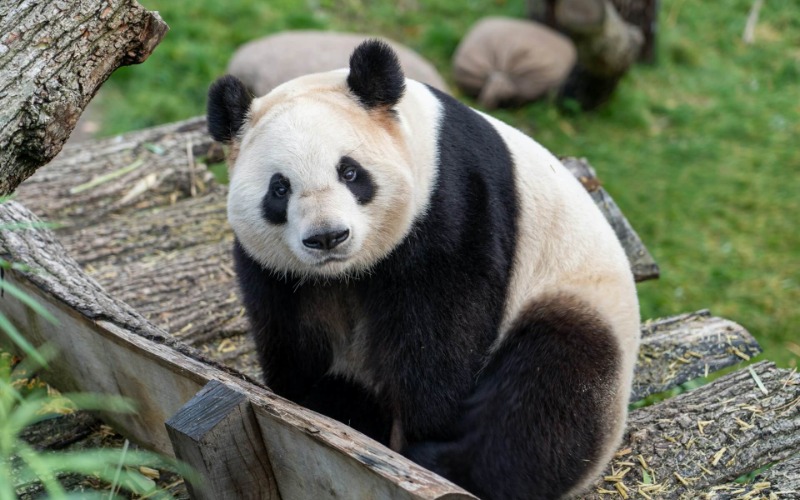China's Top 10 Panda Destinations Guide
The number one panda destination is called the ‘Global Panda Center.’
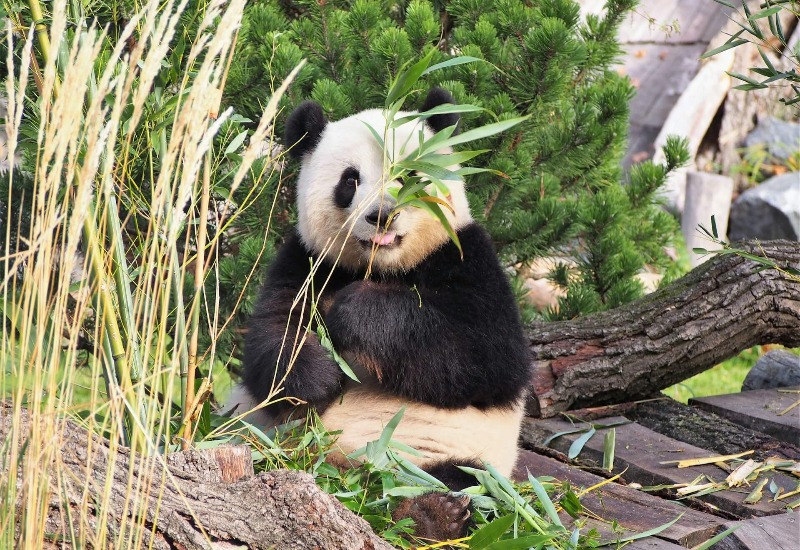
Table of Contents
I. Overview
If you’ve ever found yourself scrolling through endless panda videos online, you’re not alone. There’s something undeniably captivating about these fluffy, bamboo-munching bears. But here’s the thing: watching pandas on a screen is nothing compared to seeing them in real life. And if you’re going to see pandas, there’s no better place to do it than in their homeland—China.
This guide is your ultimate roadmap to the top 10 panda destinations in China. Whether you’re a die-hard panda fan or just someone looking for a unique travel experience, this list has something for everyone. We’ll cover everything from where to go, what to expect, and even some quirky panda facts to impress your friends. So, grab your camera, pack your sense of adventure, and let’s dive into the world of pandas.
II. Top 10 Popular Panda Destinations

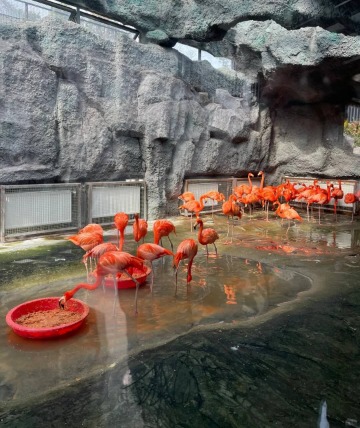
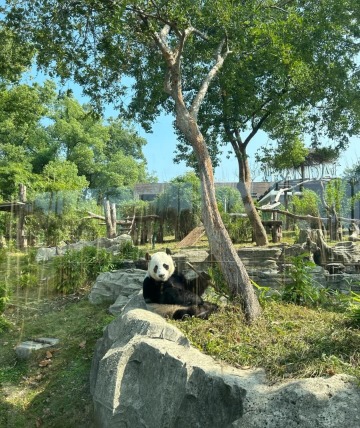

Ranked #10: Wuhan Zoo
Let’s kick things off with Wuhan Zoo, a hidden gem in central China. While Wuhan might be better known for its bustling city life, the zoo offers a peaceful retreat where you can meet Mei Lun and Mei Huan, two pandas who are basically the local celebrities. Their enclosure is designed to feel like a mini bamboo forest, complete with climbing structures and plenty of shade.
The best time to visit is during feeding hours, when the pandas are at their most active. Watching them chomp on bamboo with their signature “I don’t have a care in the world” attitude is oddly therapeutic. The zoo also hosts educational talks about panda conservation, making it a great spot for families or anyone curious about these fascinating creatures.
Chinese Name: 武汉动物园
Address: 60 Wuhan Zoo Road, Han Yang District, Wuhan, Hubei Province
Opening Hours: 8:00 AM – 5:00 PM (Daily)
Ticket Price: $6 per person


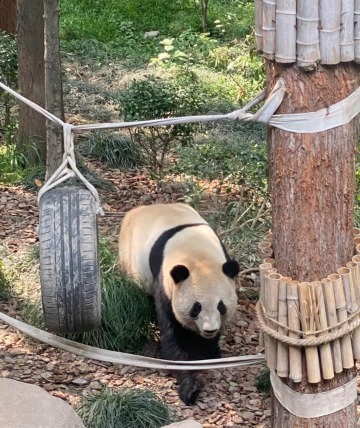

Ranked #9: Shanghai Zoo
Next up is Shanghai Zoo, a must-visit if you’re in China’s most cosmopolitan city. The zoo is home to Xing Xing and Ling Ling, two pandas who have mastered the art of lounging. Their enclosure is spacious and well-maintained, with plenty of room for them to roam (or nap, which they do a lot).
One of the highlights here is the panda museum, where you can learn about everything from panda biology to conservation efforts. If you’re lucky, you might even catch one of the zoo’s special events, like panda birthday celebrations. Trust me, there’s nothing cuter than a panda smashing into a bamboo-themed cake.
Chinese Name: 上海动物园
Address: 2381 Hongqiao Road, Changning District, Shanghai
Opening Hours: 7:30 AM – 5:00 PM (Daily)
Ticket Price: $5 per person


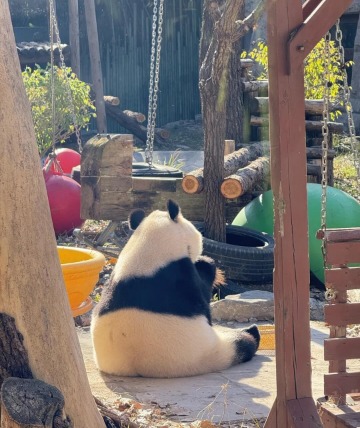

Ranked #8: Beijing Zoo
No trip to Beijing is complete without a visit to the Beijing Zoo, home to some of the most famous pandas in China. Gu Gu and Yuan Yuan are the stars here, and their panda house is a state-of-the-art facility that mimics their natural habitat.
One of the coolest things about this zoo is the behind-the-scenes tour, where you can learn about the daily care and feeding of pandas. Spoiler alert: it involves a lot of bamboo. The zoo also has a panda-themed gift shop, so you can take home a plush panda or two as a souvenir.
Chinese Name: 北京动物园
Address: 137 Xizhimen Outer Street, Xicheng District, Beijing
Opening Hours: 7:30 AM – 6:00 PM (Daily)
Ticket Price: $8 per person
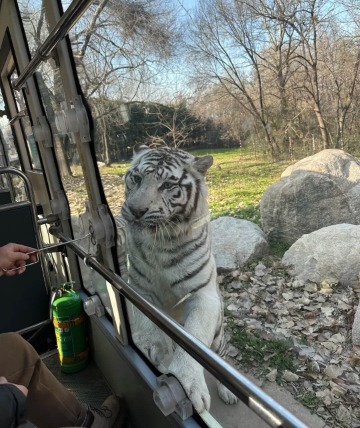


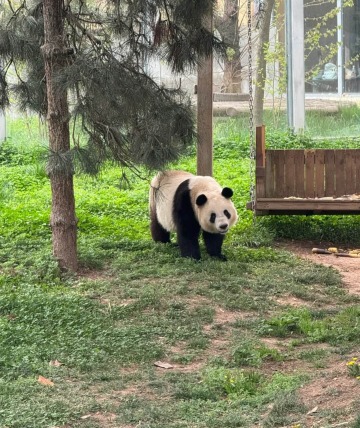
Ranked #7: Qinling Wildlife World
If you’re looking for a more off-the-beaten-path experience, head to Qinling Wildlife World in the stunning Qinling Mountains. This park is home to the rare Qinling panda, a subspecies with a unique brown-and-white coat.
The park’s panda exhibit is designed to blend seamlessly with the natural landscape, giving you a more authentic experience. Guided tours are available, and they’re a great way to learn about the behavior and conservation of these elusive pandas. Don’t forget to check out the research center, where you can see firsthand the efforts being made to protect this endangered species.
Chinese Name: 秦岭野生动物园
Address: Qinling Mountains, Shaanxi Province
Opening Hours: 9:00 AM – 4:30 PM (Daily)
Ticket Price: $10 per person
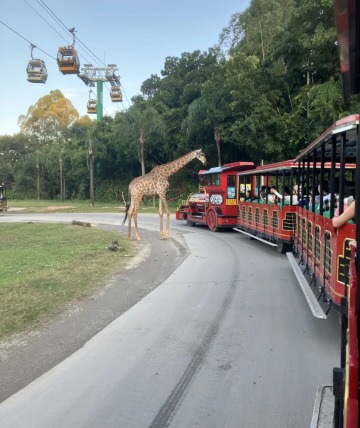
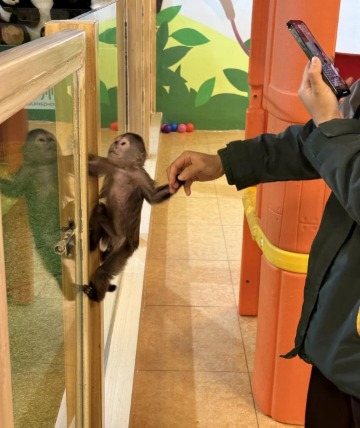
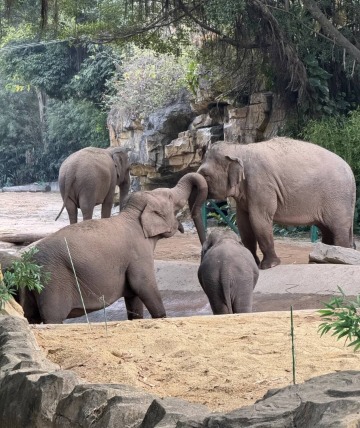

Ranked #6: Guangzhou Changlong Wildlife World
Guangzhou Changlong Wildlife World is like Disneyland for panda lovers. The park’s panda exhibit is one of the largest in China, and it’s home to several pandas, including Xiao Liwu and Bai Yun.
One of the coolest features here is the panda encounter program, where you can get up close and personal with the pandas (under the supervision of trained staff, of course). The park also has a panda-themed restaurant, where you can enjoy bamboo-inspired dishes while watching the pandas play. It’s a truly immersive experience.
Chinese Name: 广州长隆野生动物园
Address: 593 Xiangjiang Avenue, Panyu District, Guangzhou, Guangdong Province
Opening Hours: 9:30 AM – 6:00 PM (Daily)
Ticket Price: $12 per person
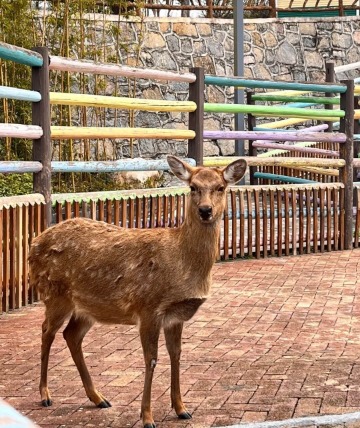
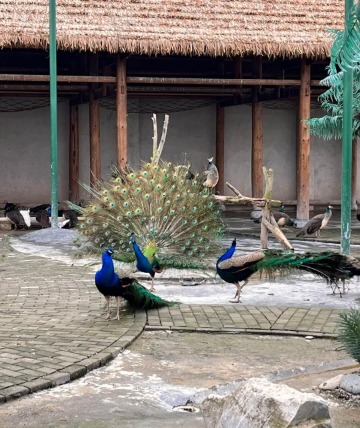
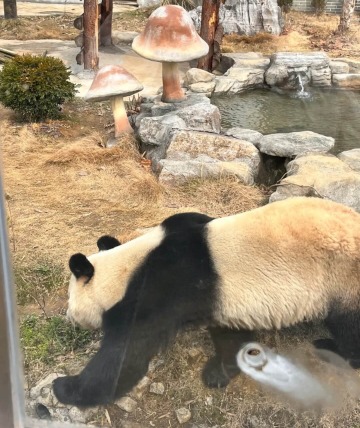
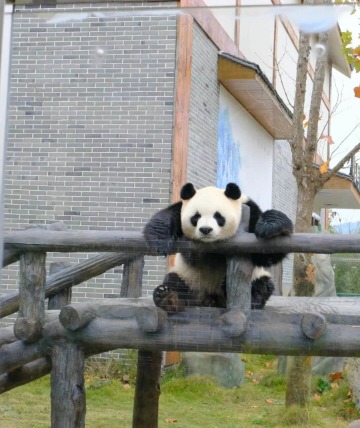
Ranked #5: Phoenix Chinese Panda Garden
The Phoenix Chinese Panda Garden is a newer addition to China’s panda destinations, but it’s quickly become a fan favorite. Located in the picturesque Dujiangyan area, the garden is home to several pandas, including the famous twins Meng Meng and Shuai Shuai.
The enclosures here are designed to mimic the pandas’ natural habitat, complete with bamboo groves and climbing structures. The garden also offers a panda keeper experience, where you can assist with the daily care of the pandas. It’s a once-in-a-lifetime opportunity to get hands-on with these incredible animals.
Chinese Name: 凤凰中华大熊猫苑
Address: Phoenix Mountain, Dujiangyan, Sichuan Province
Opening Hours: 8:30 AM – 5:00 PM (Daily)
Ticket Price: $15 per person




Ranked #4: Chongqing Zoo
Chongqing Zoo is one of the largest zoos in China, and its panda exhibit is a major highlight. The zoo is home to several pandas, including the famous pair Er Shun and Da Mao.
The exhibit is designed to provide a naturalistic environment for the pandas, with plenty of bamboo and water features. The zoo also has a panda breeding program, so you might even get to see panda cubs playing in the enclosure. If you’re lucky, you might catch one of the zoo’s panda-themed events, like a panda naming ceremony.
Chinese Name: 重庆动物园
Address: 1 Xijiao Road, Jiulongpo District, Chongqing
Opening Hours: 8:00 AM – 5:00 PM (Daily)
Ticket Price: $6 per person

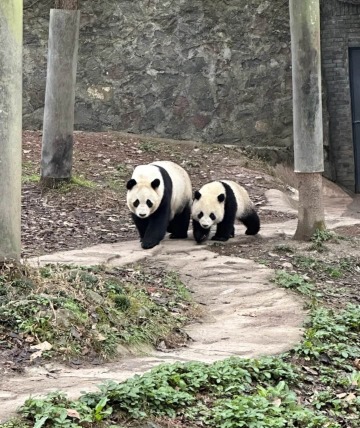


Ranked #3: Dujiangyan Chinese Panda Garden
The Dujiangyan Chinese Panda Garden is a must-visit for any panda enthusiast. Located near the famous Dujiangyan Irrigation System, the garden is home to several pandas, including the beloved Tai Shan and Bao Bao.
The enclosures here are designed to provide a naturalistic environment, with plenty of bamboo and climbing structures. The garden also offers a panda volunteer program, where you can assist with the daily care of the pandas. It’s a unique opportunity to get up close and personal with these amazing animals.
Chinese Name: 都江堰中华大熊猫苑
Address: Qingcheng Mountain, Dujiangyan, Sichuan Province
Opening Hours: 8:30 AM – 5:00 PM (Daily)
Ticket Price: $18 per person
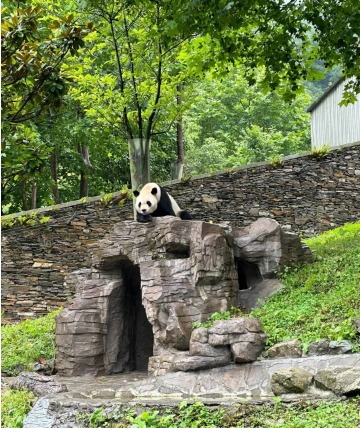



Ranked #2: China Conservation and Research Center for the Giant Panda (Sichuan Wolong)
The China Conservation and Research Center for the Giant Panda, located in the Wolong Nature Reserve, is one of the most important panda conservation centers in the world. The center is home to a large population of pandas, including several breeding pairs.
Visitors can observe pandas in a naturalistic setting and learn about the center’s conservation efforts. The center also offers a panda keeper experience, where you can assist with the daily care of the pandas. It’s a truly immersive experience that you won’t forget.
Chinese Name: 卧龙中华大熊猫苑
Address: Wolong Nature Reserve, Wenchuan County, Sichuan Province
Opening Hours: 9:00 AM – 4:30 PM (Daily)
Ticket Price: $20 per person
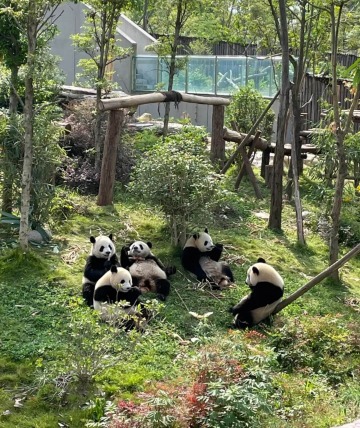



Ranked #1: Chengdu Research Base of Giant Panda Breeding
Topping our list is the Chengdu Research Base of Giant Panda Breeding, often referred to as the “Panda Capital of the World.” This world-renowned facility is dedicated to the conservation and breeding of giant pandas.
Visitors can observe pandas in various stages of life, from playful cubs to majestic adults. The base offers a range of educational programs and interactive experiences, including the chance to volunteer as a panda keeper for a day. The lush, bamboo-filled environment provides a perfect backdrop for photography, making it a favorite among tourists and photographers alike.
Chinese Name: 成都大熊猫繁育研究基地
Address: 1375 Panda Road, Chenghua District, Chengdu, Sichuan Province
Opening Hours: 7:30 AM – 6:00 PM (Daily)
Ticket Price: $12 per person
III. Interesting Facts About Pandas
1. Why are pandas called "panda"?
The name “panda” is believed to have originated from the Nepalese word “ponya,” which means “bamboo eater.” It’s a fitting name, considering how much bamboo these guys can put away.
2. Do pandas only eat bamboo?
While bamboo makes up 99% of their diet, pandas are technically omnivores. They’ve been known to snack on small animals, birds, and even insects, but bamboo is definitely their go-to meal.
3. Can pandas climb trees?
Absolutely! Pandas are surprisingly good climbers. Young pandas, in particular, love to climb trees to play or escape from predators. It’s like watching a fluffy acrobat in action.
4. Are pandas nearsighted?
Yes, pandas don’t have the best eyesight. They rely more on their sense of smell and hearing to navigate their environment. Think of them as the “my glasses are somewhere around here” of the animal kingdom.
5. What colors can pandas see?
Pandas have dichromatic vision, meaning they can see blue and green. Reds and pinks? Not so much. But hey, when you live in a bamboo forest, you don’t need to see the rainbow.
6. How many cubs do pandas usually have?
Pandas typically give birth to one or two cubs, but usually only one survives. Raising twins is a rare and challenging task for panda moms.
7. Are pandas aggressive?
Generally, pandas are pretty chill. They’re more likely to roll away from a confrontation than start one. But like any wild animal, they can get defensive if they feel threatened.
8. How many times do pandas defecate a day?
Brace yourself: pandas can poop up to 40 times a day! All that bamboo has to go somewhere, right?
9. Are pandas unique to China?
Yes, pandas are native to China and are found primarily in the mountainous regions of Sichuan, Shaanxi, and Gansu provinces. They’re considered a national treasure and are protected by Chinese law.
10. How long have pandas existed?
Pandas have been around for millions of years, with fossil evidence dating back to the Miocene epoch. They’re like the wise old souls of the animal kingdom.
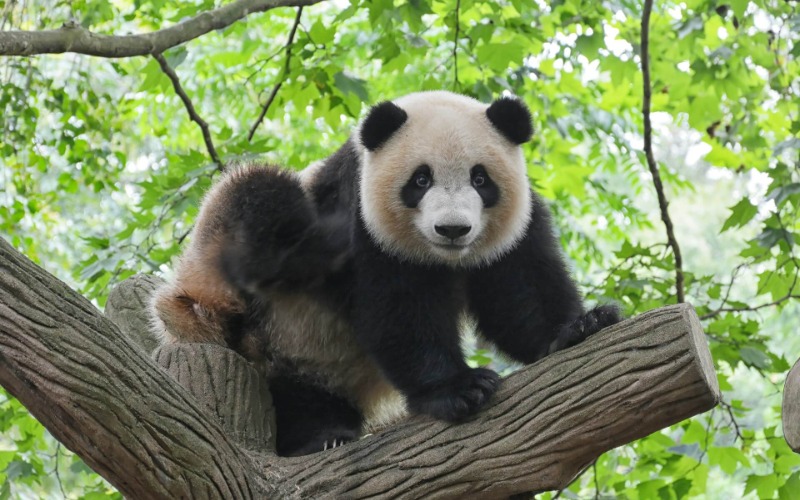
IV. Tips for Visiting Panda Destinations
Plan Ahead: Many panda destinations require advance booking, especially for special programs like panda keeper experiences. Make sure to check the official websites for reservation details.
Visit Early: Pandas are most active in the morning, so plan to arrive early to catch them during feeding and playtime.
Dress Comfortably: Wear comfortable clothing and shoes, as you may be walking a lot. The weather can be unpredictable, so bring layers and rain gear if necessary.
Respect the Animals: Always follow the rules and guidelines provided by the staff. Do not attempt to feed or touch the pandas, and keep noise levels to a minimum.
Bring a Camera: Pandas are incredibly photogenic, so don’t forget your camera or smartphone. Make sure to respect any photography restrictions in place.
Stay Hydrated: Bring plenty of water, especially if you’re visiting during the summer months. Some destinations may have limited food and drink options, so pack snacks if needed.
Learn Before You Go: Take some time to read about pandas and their conservation before your visit. This will enhance your experience and help you appreciate the efforts being made to protect these amazing animals.
By following this guide, you’ll be well-prepared to embark on an unforgettable panda adventure in China. Whether you’re a seasoned traveler or a first-time visitor, these panda destinations offer a unique and enriching experience that you won’t want to miss. Happy panda spotting!
